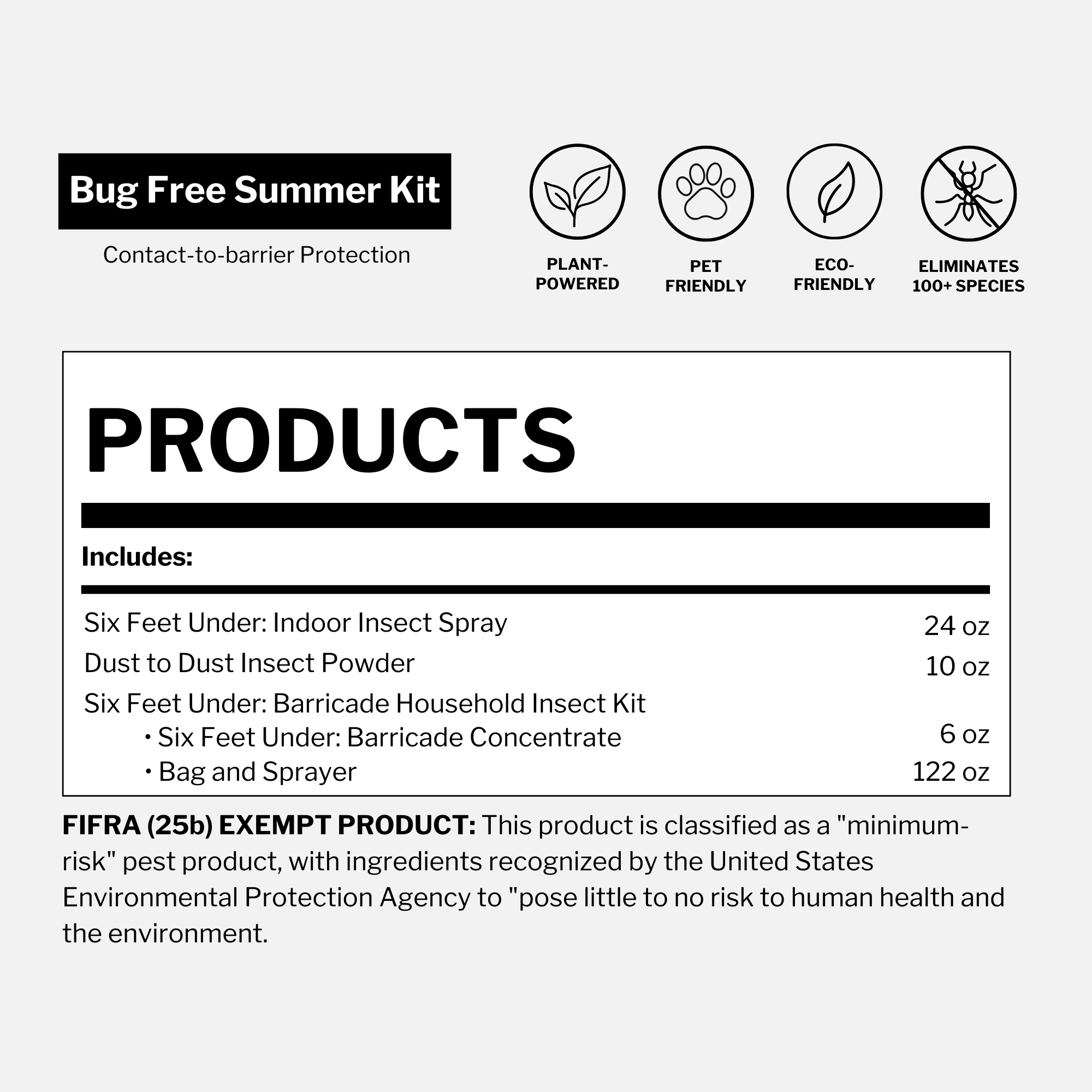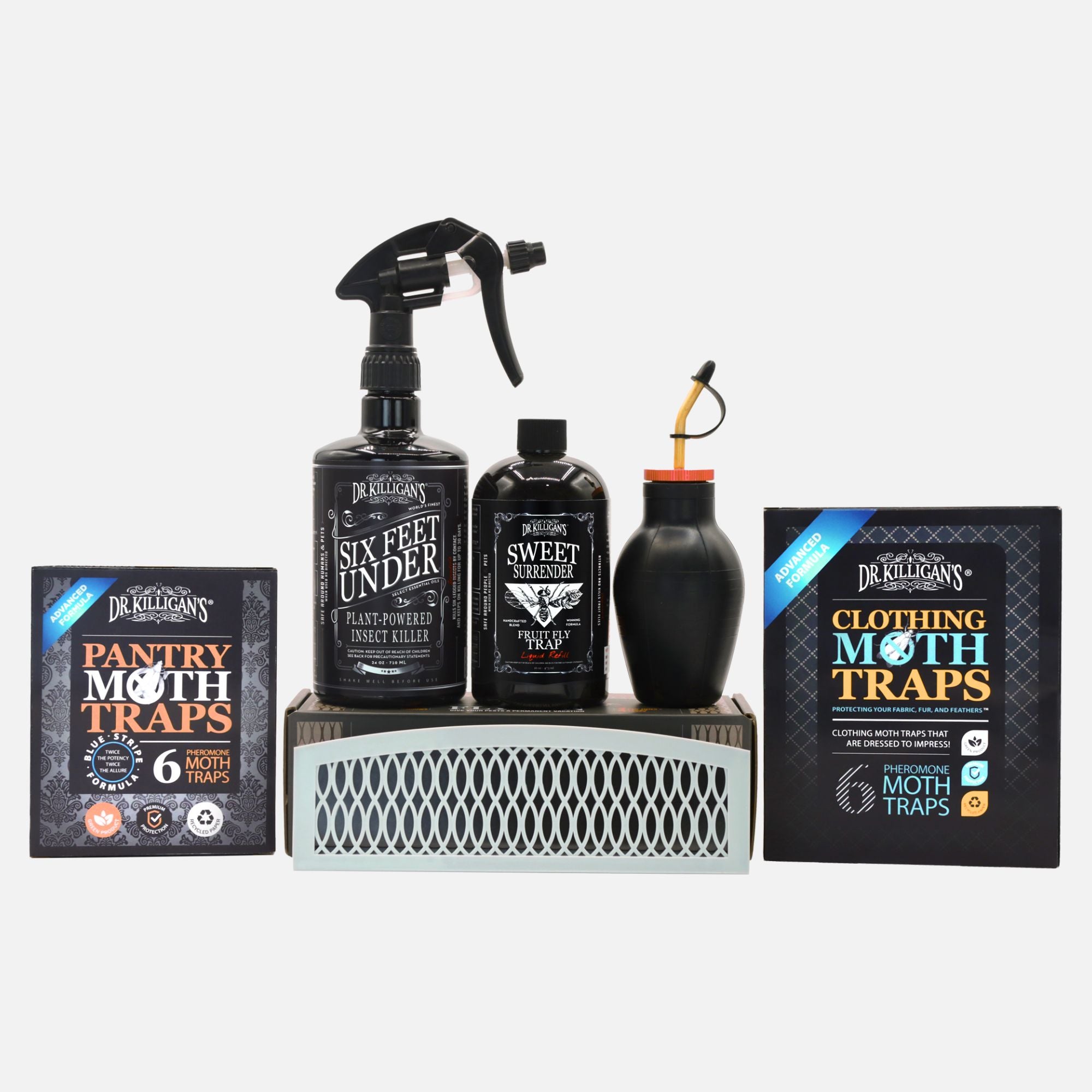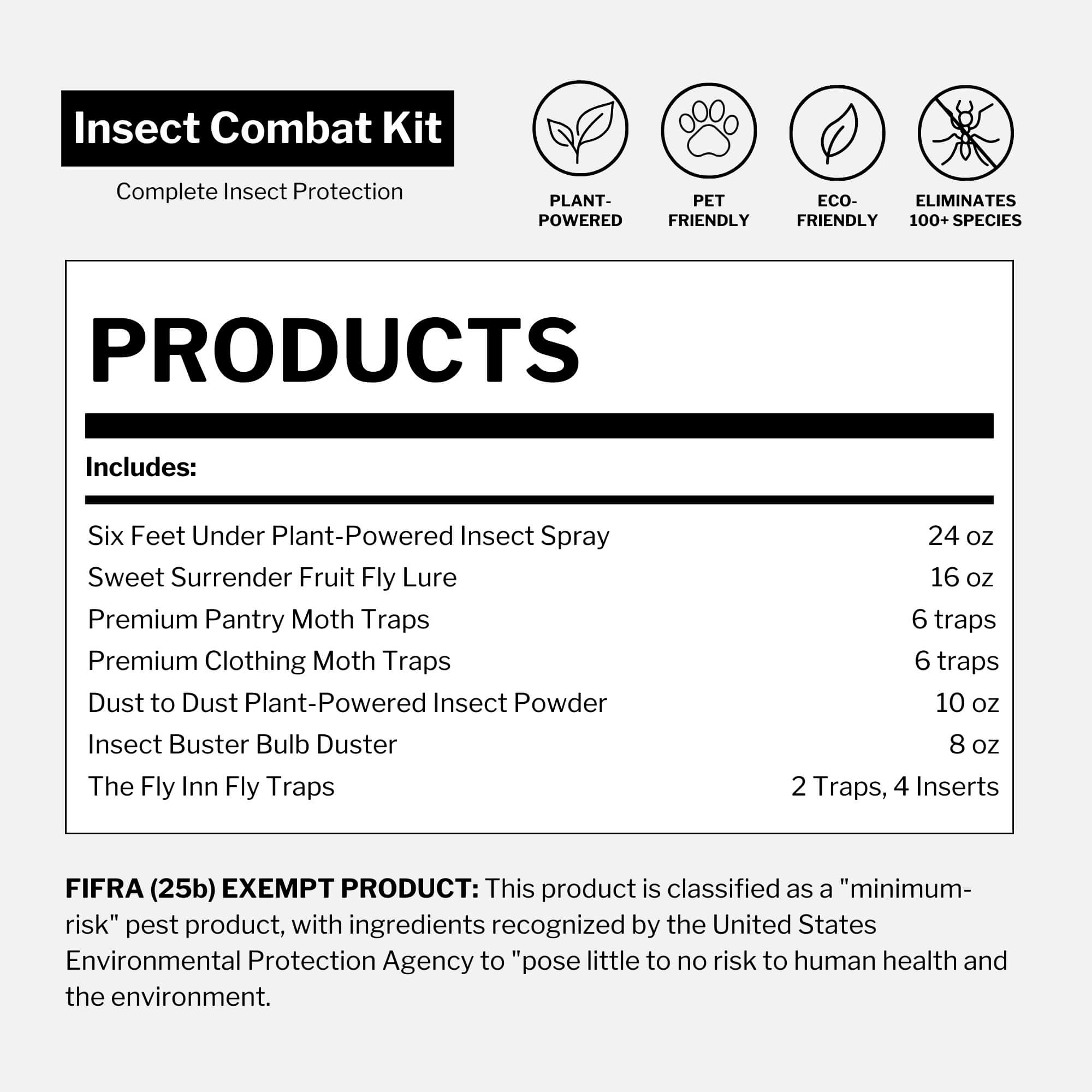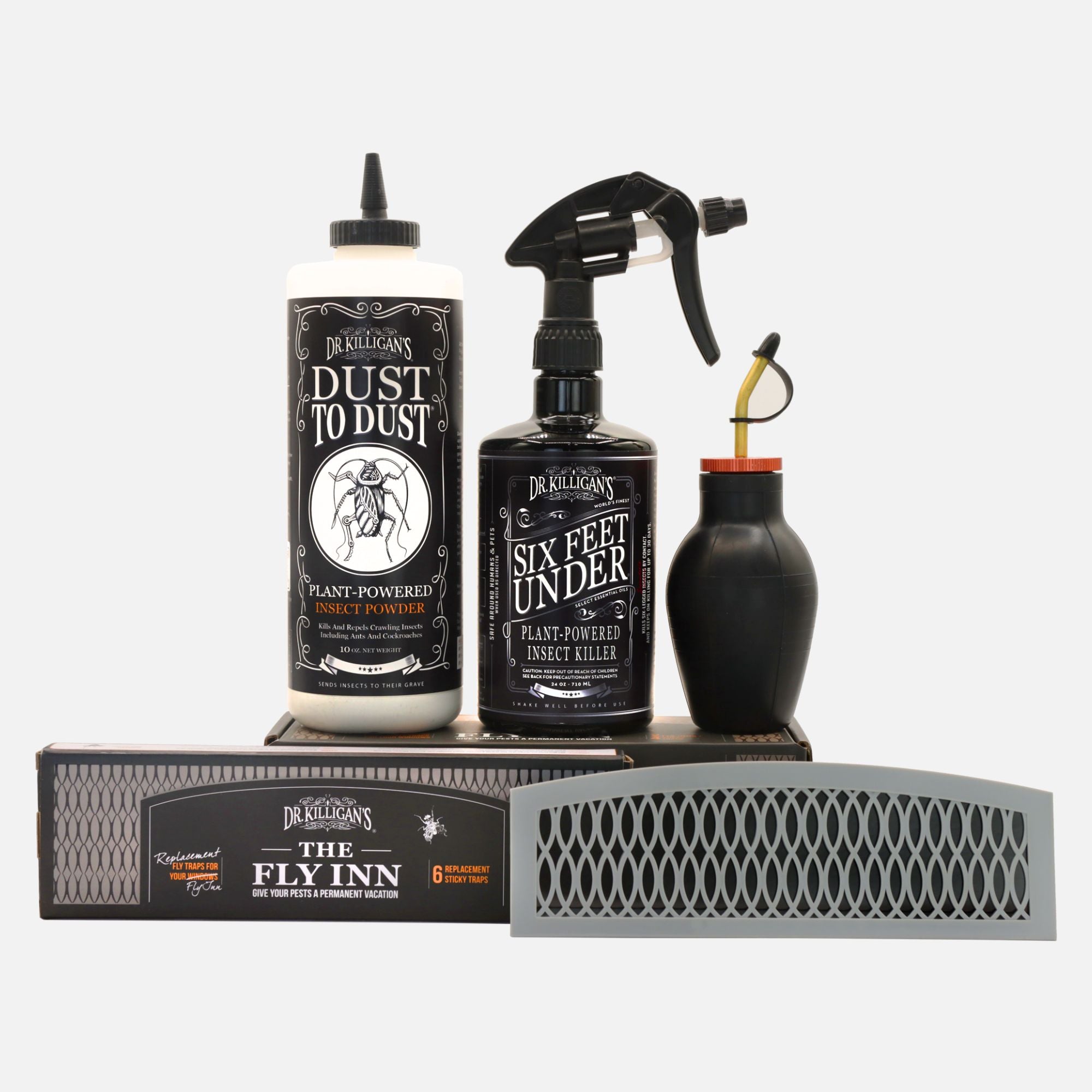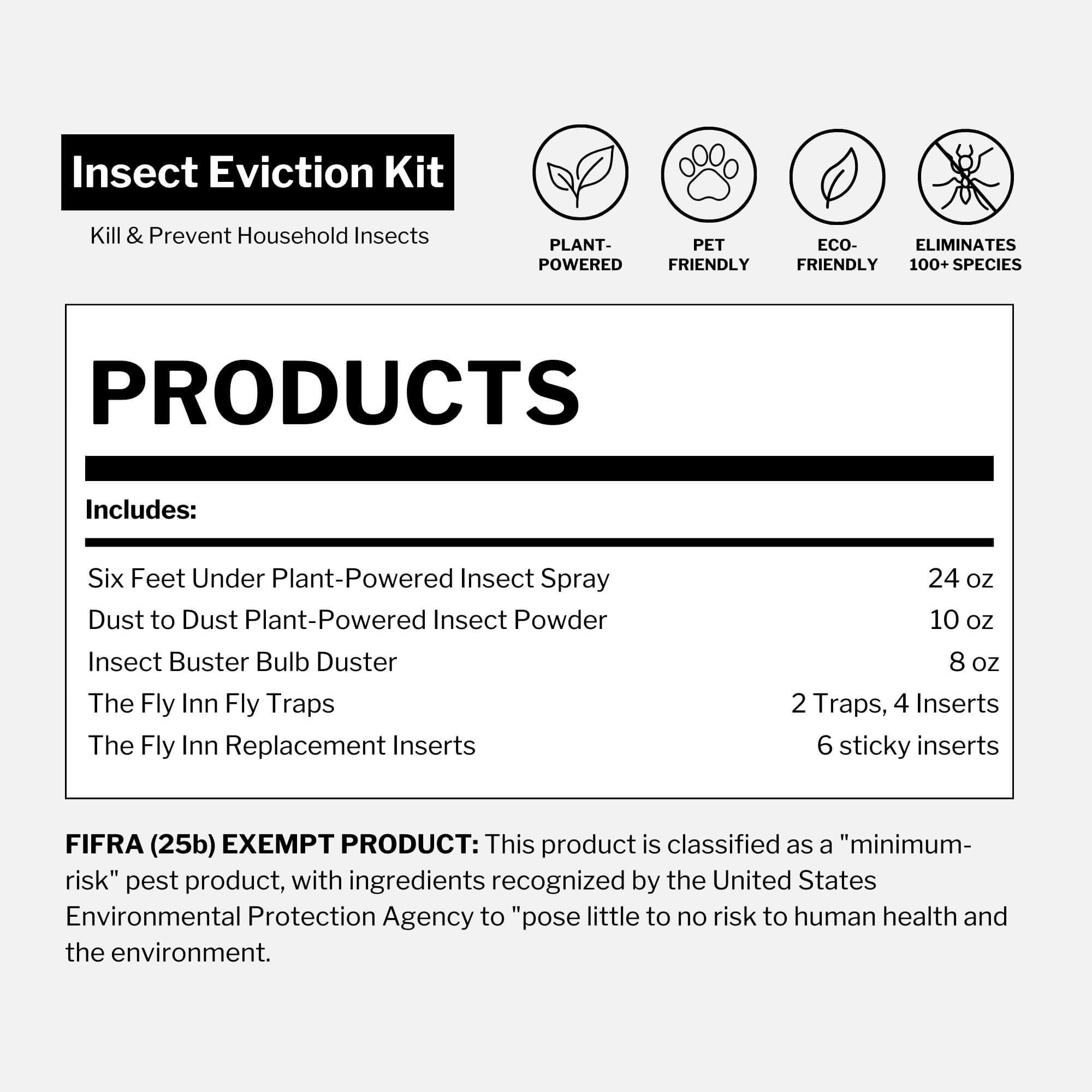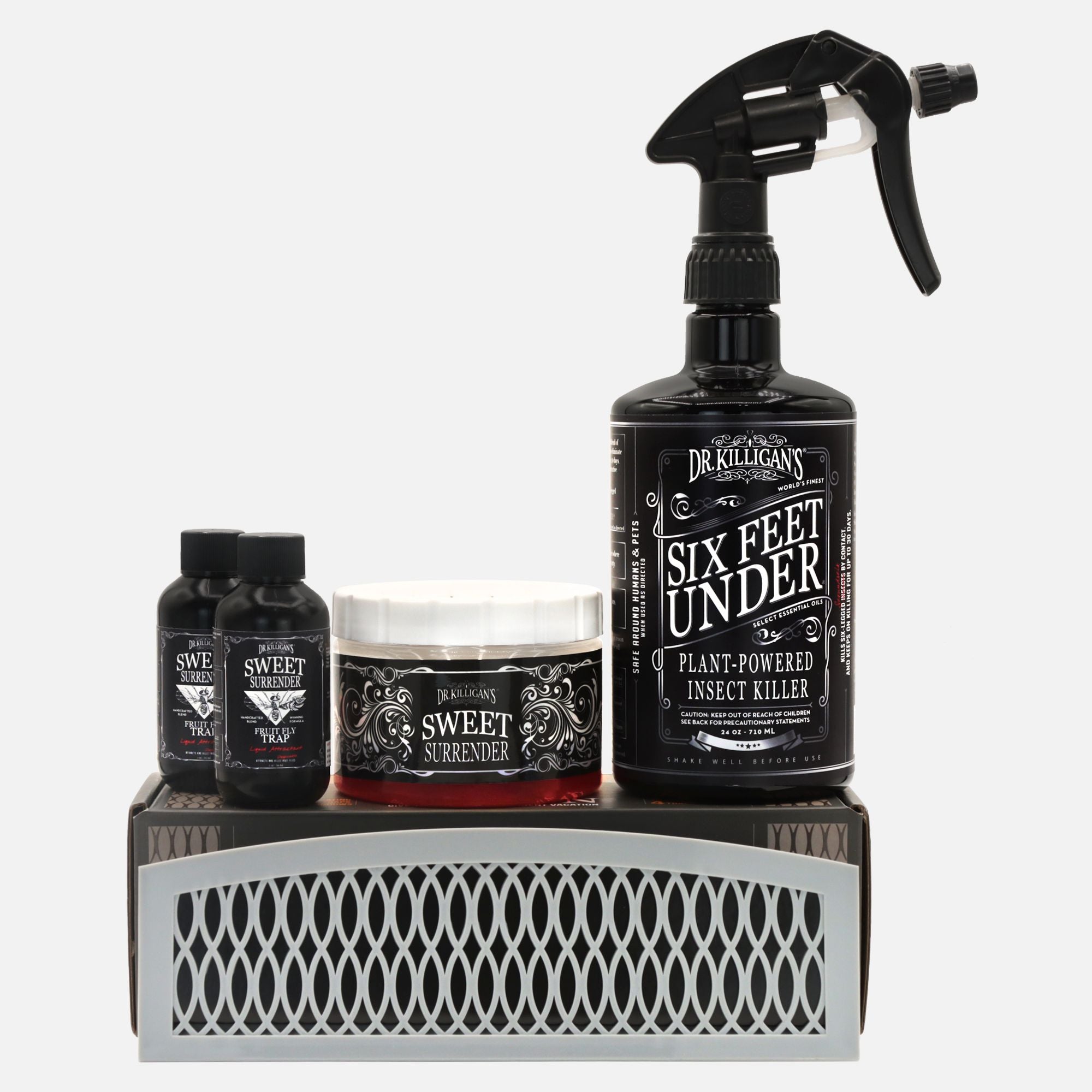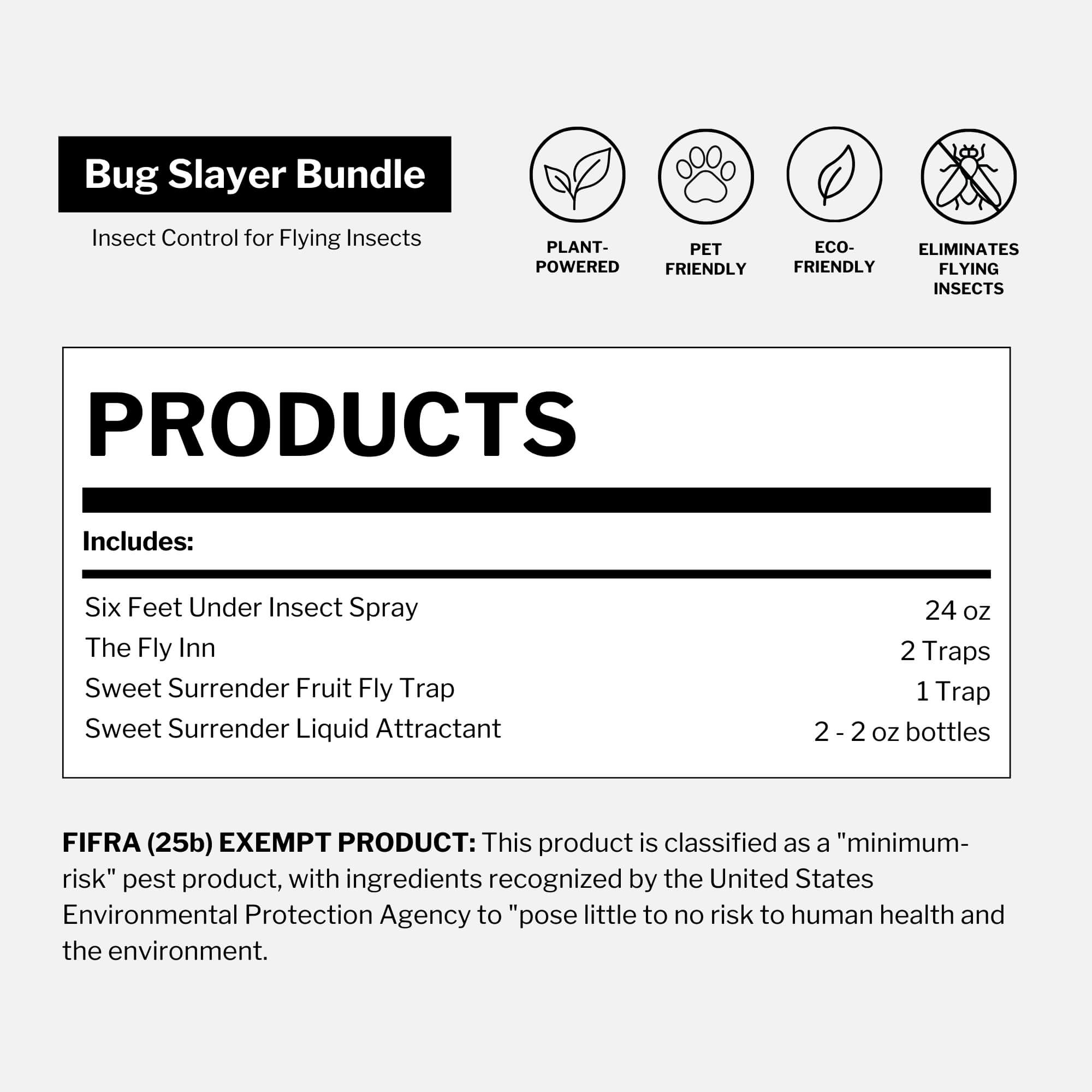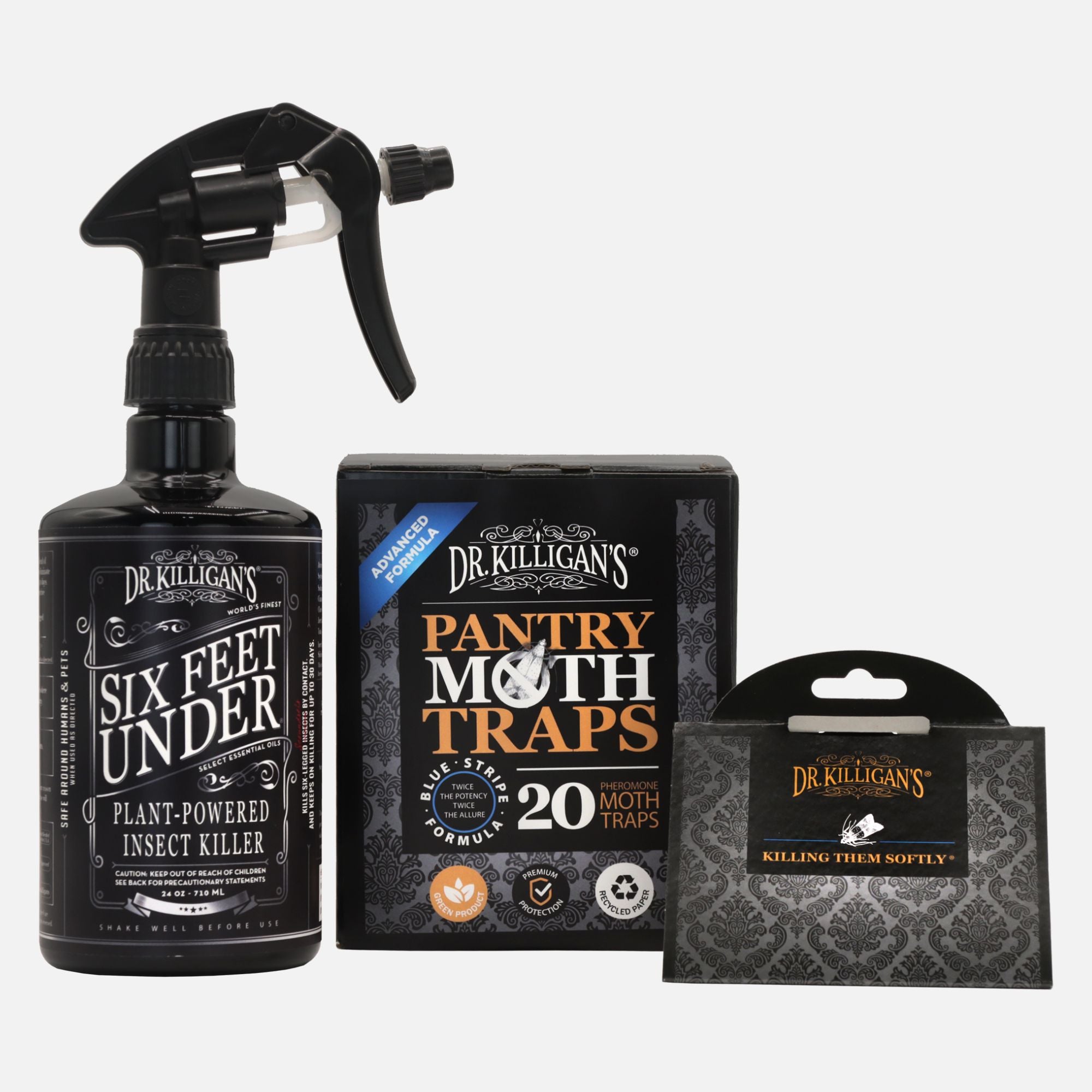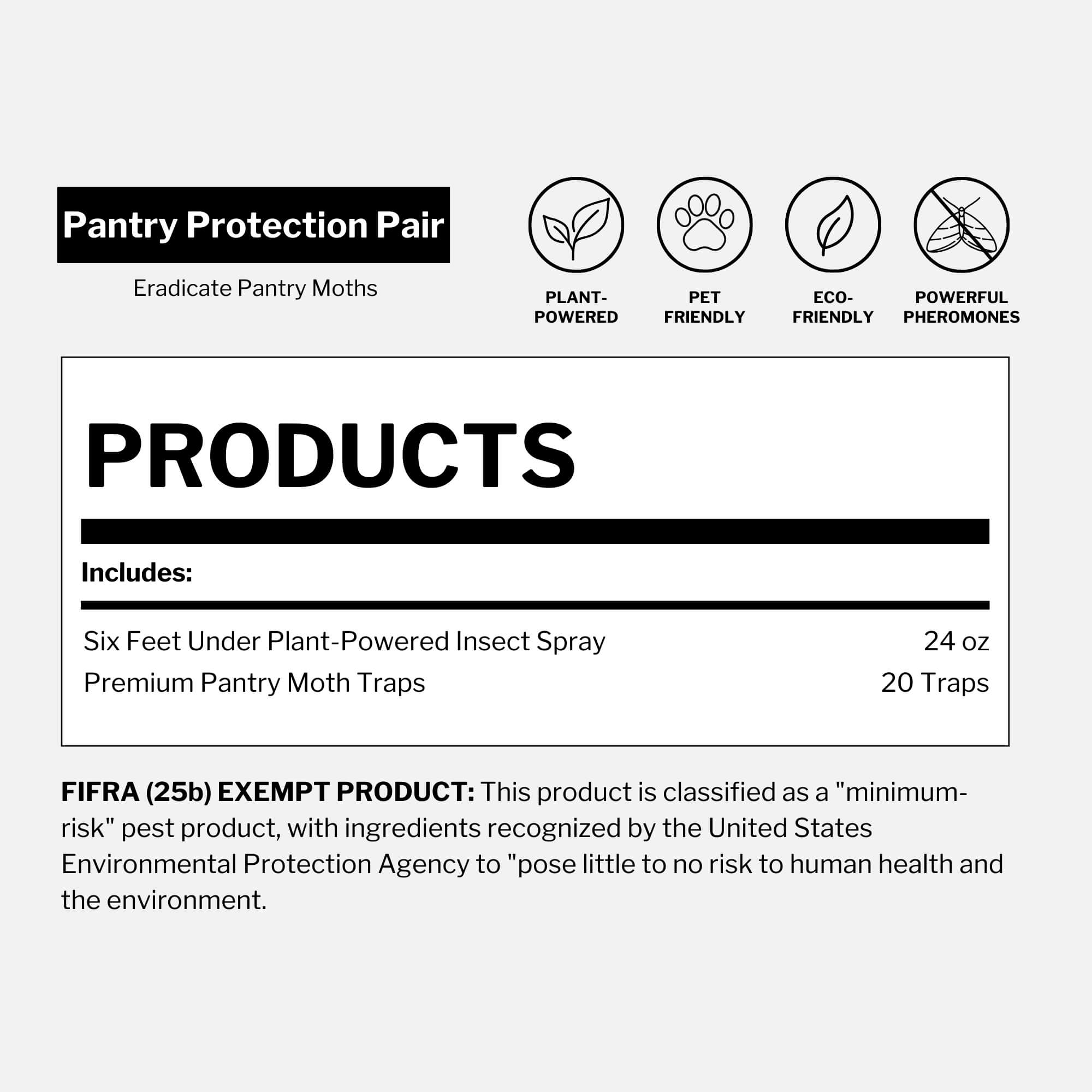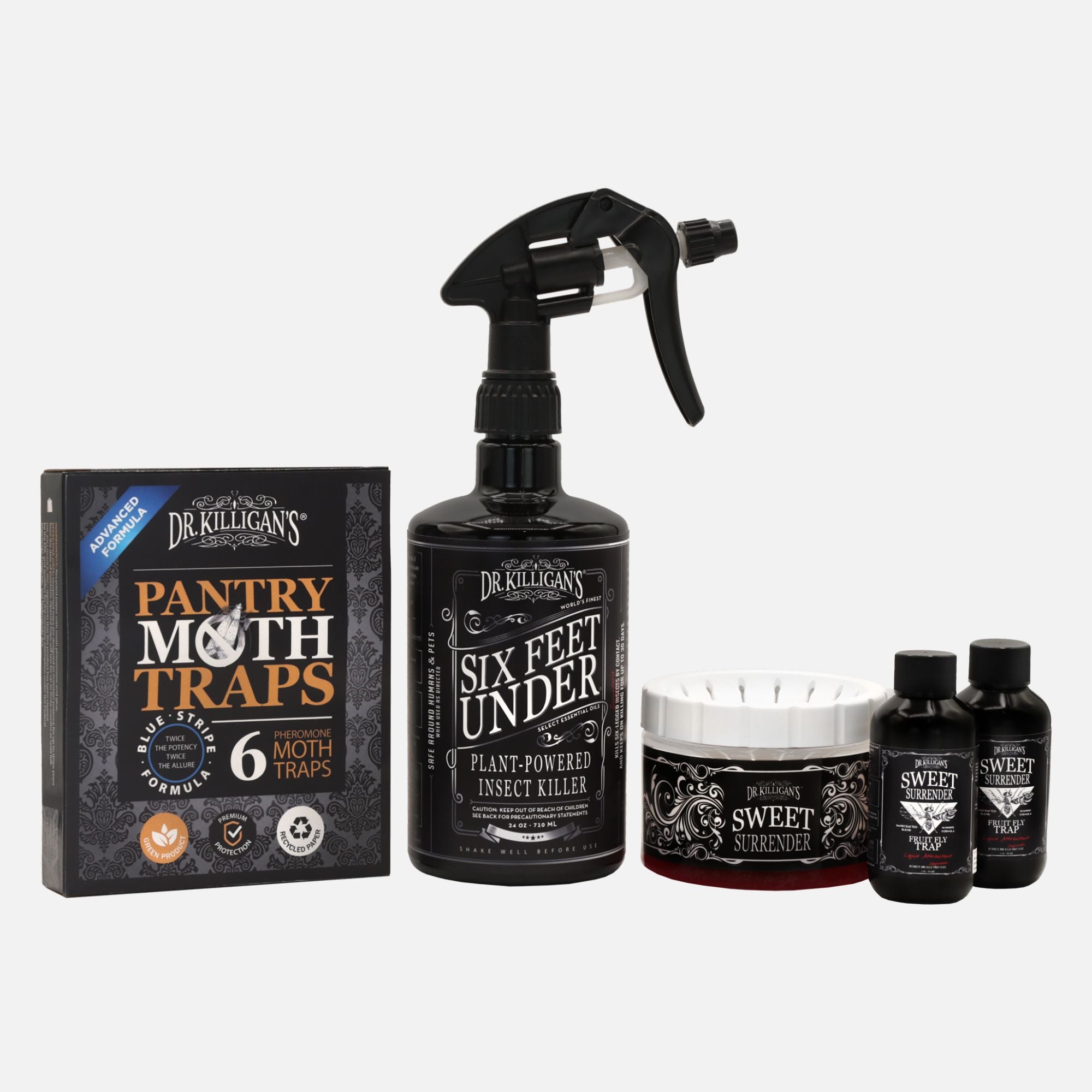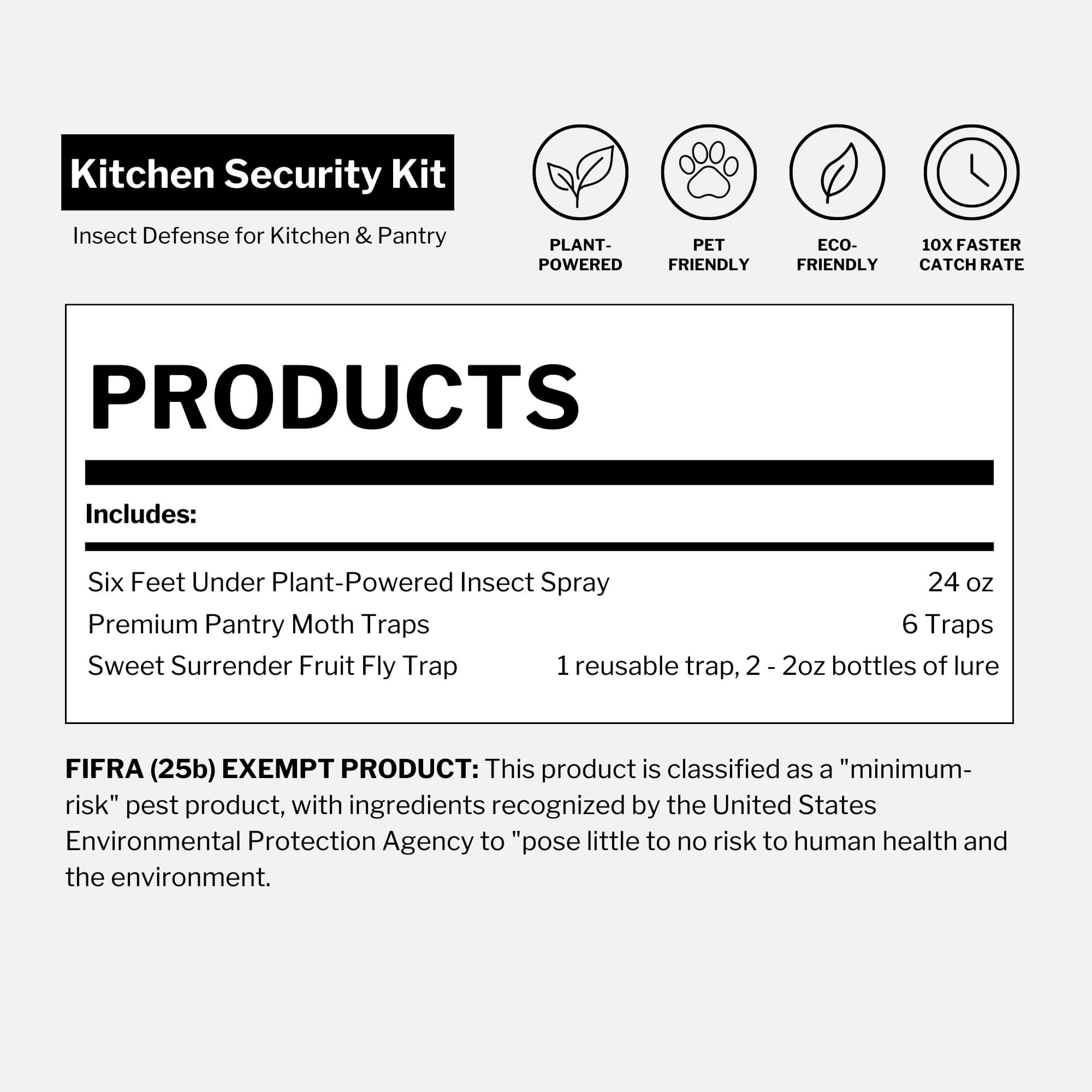Updated on August 7th, 2025
Can fleas really live in a house without pets? Unfortunately, yes.
Fleas—small, flightless insects that feed on blood—aren’t just a pet problem. They can take hold in any home, with or without animals, especially when warmth and humidity allow them to thrive.
So, can fleas live on human blood alone? That’s more complicated. Fleas may bite humans when pets aren’t around, but they aren’t well-adapted to live or reproduce on people in natural settings. Research suggests that while cat fleas can survive and even lay a limited number of eggs on human blood in laboratory conditions, they generally require long feeding sessions and furry hosts to complete their life cycle. In most homes, humans are incidental hosts, not permanent ones.
Still, the presence of fleas—even without pets—isn’t just irritating. In most homes without pets, reproduction slows down, but fleas may still linger in carpets, upholstery and bedding, waiting for a chance to feed.
How long can fleas live without pets—and what allows them to persist

Fleas are incredibly resilient—even in homes without pets.
Adult fleas can survive for weeks without feeding, while flea pupae can remain dormant and hidden for extended periods, waiting for the right conditions to emerge. This ability to delay emergence allows infestations to persist in carpets, furniture or floor cracks—long after pets have left.
Like many insects, fleas go through four life stages: egg, larva, pupa and adult. Without access to a host, this cycle stalls—but not before fleas can hunker down in protected spots.
Do fleas appear out of nowhere? It sure feels that way. In reality, they’ve been hiding in wait—curled inside cocoons until warmth, movement or a breath of carbon dioxide signals it's time to emerge. Their ability to pause development lets them lurk unnoticed, ready to pounce the moment life returns to the home.
How long can fleas live without a pet?
-
Adult fleas: In the absence of a host, adult fleas can typically survive for several days to two weeks. However, under optimal conditions, university sources report they may survive for several weeks or even months without feeding—and in some cases, up to a year or more. That said, adult fleas require a blood meal to reproduce.
-
Pupae: This dormant stage is the most resilient. Flea pupae can remain cocooned in carpets, upholstery or flooring for five days to five weeks—sometimes even longer—emerging only when they detect warmth, vibrations or carbon dioxide from a nearby host.
Note: While most university sources—see citations below—report that flea pupae remain dormant for several weeks, the San Mateo County Mosquito and Vector Control District notes that pupae may survive for up to 12 months in highly protected environments—like inside a rodent or animal nest—until a new host arrives.
- Eggs and larvae: These early stages don’t require a host. Flea larvae feed on organic material—like dead skin cells and flea dirt—allowing them to continue developing until they’re ready to pupate.
Sources:
University of Florida IFAS Extension – Fleas (ENY-205/IG087)
University of Missouri Extension – Fleas (G07380)
Texas A&M AgriLife Extension – Controlling Fleas
North Carolina State University GenEnt (ENT 425) – Order Siphonaptera (fleas)
How fleas get into homes without pets

Fleas don’t need current pets to become a problem. You can have fleas in your home without pets and they may already be hiding in plain sight.
Common ways fleas enter pet-free homes include:
- Secondhand furniture and rugs
- Used bedding or clothing
- Carpeting left behind by previous pet-owning residents
- Wild animals—like rodents, squirrels or raccoons—passing through crawl spaces, attics or vents
Health risks and implications
Flea infestations are more than a nuisance—they can have real health consequences for both humans and animals.
Common symptoms:
- Humans: Small, itchy red bumps (typically around ankles or legs), hives, rashes or prolonged itching in sensitive individuals.
- Pets: Excessive scratching, skin infections, hair loss and flea allergy dermatitis–a severe reaction where even a single bite causes intense irritation.
More serious risks:
- Tapework transmission: Cat and dog fleas can carry Dipylidium caninum, which infects pets and occasionally humans.
- Vector-borne diseases: Plague (Yersinia pestis) and murine typhus (via fleas that feed on rodents, e.g., oriental rat flea); myxomatosis in rabbit populations (via rabbit fleas).
Expert tip: Entomologists from NC State, Texas A&M and the University of Missouri—see citations above—recommend avoiding contact with wild rodents (like squirrels and rats) and taking flea precautions after bringing in used furniture or spending time outdoors.
Detection of fleas in a pet-free environment: Key signs
Even in homes without pets, fleas can persist by hiding in carpets, furniture and organic debris. Here’s what to look for:
- Bite patterns: Small, itchy red bumps often appearing in clusters or lines—commonly found around the ankles or legs.
- Flea dirt: Tiny black specks (resembling coarse ground pepper) found on rugs, bedding or furniture.
- Adult fleas: Reddish-brown to black, fast-moving insects about 1–3 mm long.
- Flea eggs: Difficult to see, but may be found deep in carpet fibers or furniture crevices.
- Flea larvae and pupae: Pale, worm-like larvae or cocooned pupae may be visible in hidden or undisturbed areas.
How to test for fleas in your home

Think you might have fleas? Here’s how to find out—no pets required.
Check your floors and carpets:
Slip on a pair of tall white socks and walk across carpets, rugs and floorboards. Fleas, if present, will jump onto the socks and show up clearly against the light fabric. Don’t forget to inspect along baseboards and edges—prime hiding spots for fleas and their eggs.
Inspect upholstered furniture and bedding:
Use a damp, light-colored cloth to wipe along seams, folds and crevices of couches, chairs and beds. You may pick up flea dirt (which looks like black specks), tiny eggs or even pupae. These hotspots often go unnoticed—but not by fleas.
Stop fleas in their tracks with Dr. Killigan's pest solutions

Fleas multiply fast—but with Dr. Killigan’s, you can take back control just as quickly.
Six Feet Under Plant-Powered Insect Spray kills fleas on contact and continues working for up to 30 days, breaking the flea life cycle with a blend of powerful essential oils—including clove and cinnamon—and soybean oil. Use it on floors, pet bedding, upholstery and other flea hotspots inside the home.
For added protection, Six Feet Under: Barricade creates a long-lasting barrier around your home’s perimeter. This water-based, plant-powered spray stops fleas and other pests from sneaking inside—ideal for patios, doorways, window sills and baseboards.
Pair both with consistent vacuuming and hot water laundry for a powerful, natural flea-fighting routine.
Don’t wait for the infestation to spread—eliminate fleas fast with Dr. Killigan’s.





